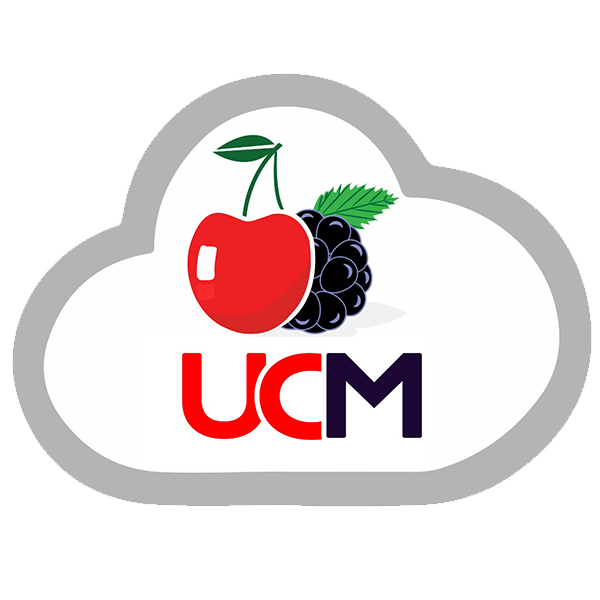Effective Inbound Call Strategies to Boost Customer Engagement
Why Do Inbound Call Strategies Matter For A Business?
Phone calls are still influential in the digital communication age, with 75% preferring to speak to live agents to resolve their issues. Existing customers call for support, while prospects may be interested in your products and services. Each inbound call your agents receive is a chance to solve problems and also an opportunity to collect insights or build trust and loyalty. Excellence in customer service increases your business reputation, promoting positive word-of-mouth and repeat sales. Having effective Inbound Call Strategies to manage the high influx of incoming calls can help to achieve long-term success. Let’s learn how.
What are Inbound Call Strategies?
Companies develop detailed plans to manage their customers’ calls efficiently. For instance, when your customers contact your business with questions or issues, this strategy confirms they receive accurate, quick, or polite responses. This further ensures your customers feel valued, heard, and satisfied with your services. Some effective strategies include staff training, solving issues, and using customer-friendly language and tone. The main goal of every plan is to turn each customer interaction into a positive experience to build loyalty and sales. Thus, always formulate the best approach to manage your inbound calls efficiently.
The Nature of Inbound Calls & The Role of an Effective Strategy
Call centers deal with two types of telephone calls, the calls made by the customers to a company and those initiated by sales representatives to market products and services. Customers make inbound calls to seek product information, assistance, and technical support. Inbound calls are a valuable opportunity for a business to engage and impress clients. A proper strategy to manage incoming calls also impacts customer retention, overall sales, and the company’s profitability. Even well-managed calls can increase customer satisfaction scores and positive word-of-mouth, which are essential for a company’s growth.
Important Components of a Successful Incoming Call Strategy
There are many important elements involved in developing an effective phone call strategy to offer a top-notch calling experience. Let’s learn about some key components.
- Fast Response Time: Customer service teams should be able to provide quick responses to customer queries because nobody likes to be placed in long queues or waiting. Quick responses to customer concerns help start the call on a positive note and also make your customers feel valued.
- Professional Staff: Your customer support teams are the heart of your phone call strategy. Having complete knowledge of products and services enables your agents to talk to nd help customers instantly. The other plus points that make customers feel respected are good listening and problem-solving skills.
- Effective Communication: This is the key to success, which means listening to customer concerns clearly and confirming that the problem is resolved. Businesses should ensure nothing is left unaddressed between customers and service teams.
- Technology Use: Implementing the right and advanced tools can set you apart from competitors. For instance, quick call routing to the right extension, agent, or department improves the first call resolution rate. Likewise, integrations give you access to customers’ personal information so they can offer personalised services.
- Get Customer Feedback: Ultimately, you should keep improving, and this is possible when you collect customer call experiences. You can address areas of improvement using these insights. Routine updating of tools, strategies, and training is an efficient way to keep your services top-notch.
How to Develop Efficient Strategies to Manage Inbound Calls
The quality of customer service experience has come a long way from focusing on satisfying customer needs. Following these strategies can help address your customers’ concerns effectively.
1. Understand Your Goals & Audience
The target audience or customer needs can vary from industry to industry. They are the individuals, including existing or potential customers, that interact with a company to seek product or service information, resolve issues and inquiries, and more. Moreover, you can segment your target audience based on geographical location, age groups, or specific industry. Companies should understand the needs and preferences of their target audience to formulate an efficient strategy.
2. Analyse Current Call Data
Evaluating existing call data can provide useful insights into customer trends, behavior, and pain points. It lets you identify patterns in average handling time, customer feedback, and recurring issues. This information allows you to train agents, optimising routing strategies and overall experience.
3. Define KPIs
You can measure the success of your calling strategies through key performance indicators (KPIs). These metrics like average wait time, first call resolution rate, and satisfaction score, show your strategy’s performance and effectiveness. For instance, average wait time and first call resolution rate greatly impact call efficiency. Businesses can also track the performance of specific goals through these insights for evaluation and refine strategies.
4. Implement Professional Call Scripts
Companies can maintain consistency and professionalism in customer satisfaction with compelling call scripts. These are structured strategies your agents follow to convey accurate and consistent information. They also help your agents deal with interactions in a professional tone and increase the confidence of less-experienced agents, leading to effective communication. Your customer service and sales agents can manage different scenarios easily and deliver engaging experiences.
Which Practices Can Enhance Customer Engagement?
5. Benefit from CRM System
Integrating CRM systems with inbound call center software empowers your customer service teams to provide personalized interactions. For instance, the system provides customer information to your agents like purchase history. They can deal with their customers in a personal way to keep them satisfied and engaged. The integration also streamlines your call workflows and business operations. Similarly, your teams can tailor conversations to consider customer preferences and needs.
6. Ensure Continuous Monitoring
Always monitor the performance of your inbound call center strategies to improve them. This way, you can identify gaps or issues before they arise, adapt to changing customer needs, and make necessary adjustments. However, you should have clear goals and metrics to measure performance and enhance call-managing capabilities. It is also important that your agents receive proper training to understand services and products and resolve issues efficiently.
Final Thoughts
Ultimately, Inbound Call Strategies have an essential role in improving your customer service experience. Fine-tuning these strategies, like refined call scripts, leveraging new technologies, and adjusting call routing processes can bring continuous improvements. If you want to develop an effective call center strategy to elevate your business to new heights, collaborate with CherryBerry UCM experts for effective solutions.


